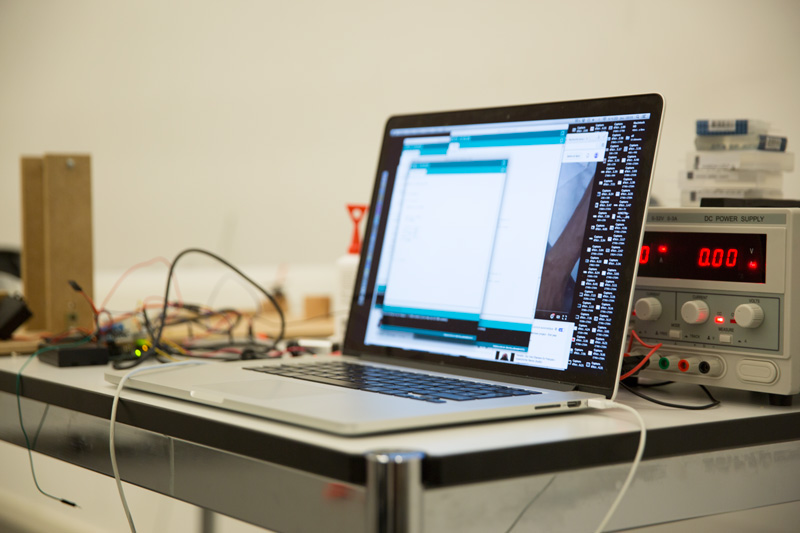Our workshop with Dev Joshi from rAndom International is going on well during the week, with different ideas cast into the direction of digital shadows, traces and footprints.
The students are encouraged to produce objects, although it has been suggested that they take advantage of space as well (installations), as the workshop takes place in a large studio (cinema studio at ECAL).


